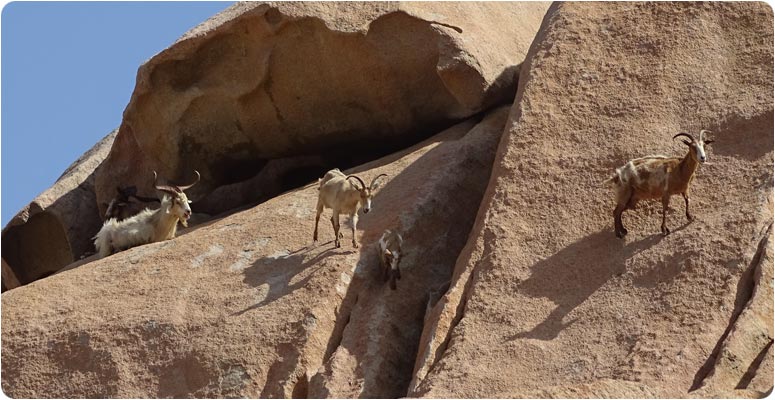La Maddalena Archipelago’s naturalistic heritage is made by over 900 species, 50 of which endemic, many of them known exclusively in this area of the Mediterranean Sea. The narrowness of the area has given rise to rare associations such as the low formations of Artemisia Densiflora and Juniperus Phoenicea.
Juniper, Strawberry tree, Fillirea, Lentisk, Myrtle, Heathers, Calicotome, Cistus and Euforbia colonize the land, whereas on the coast can be found the widespread Alofile, Alimieti, Salicomieti and Psammofila, all formations that are able to withstand the strong winds, high temperatures and aridity that characterize the landscape of the entire Archipelago.
On the island of Caprera there are large Pinus Pinea forests, often used by tourists to relax in the shade of the foliage while enjoying the scents of this beautiful nature.

Fauna also represents a strong value in the environmental heritage of the Archipelago. In fact, many migratory birds, other than sedentary ones, find shelter here. The presence of the Cory’s shearwater, the Corsican gull, the Bird of the storms and the Shag with the tuft is particularly interesting, but there are also rare amphibians and reptiles.
Considering only the marine and terrestrial vertebrates and invertebrates, the number of species reaches 500 units. They all find shelter in these territories, also thanks to the great protection work carried out over the years by La Maddalena Archipelago National Park.
Juniper, Strawberry tree, Fillirea, Lentisk, Myrtle, Heathers, Calicotome, Cistus and Euforbia colonize the land, whereas on the coast can be found the widespread Alofile, Alimieti, Salicomieti and Psammofila, all formations that are able to withstand the strong winds, high temperatures and aridity that characterize the landscape of the entire Archipelago.
On the island of Caprera there are large Pinus Pinea forests, often used by tourists to relax in the shade of the foliage while enjoying the scents of this beautiful nature.

Fauna also represents a strong value in the environmental heritage of the Archipelago. In fact, many migratory birds, other than sedentary ones, find shelter here. The presence of the Cory’s shearwater, the Corsican gull, the Bird of the storms and the Shag with the tuft is particularly interesting, but there are also rare amphibians and reptiles.
Considering only the marine and terrestrial vertebrates and invertebrates, the number of species reaches 500 units. They all find shelter in these territories, also thanks to the great protection work carried out over the years by La Maddalena Archipelago National Park.
For a serene and conscious holiday, please consult the National Park zoning map on the official website Lamaddalenapark.it.
Sources and Insights
www.lamaddalenapark.it